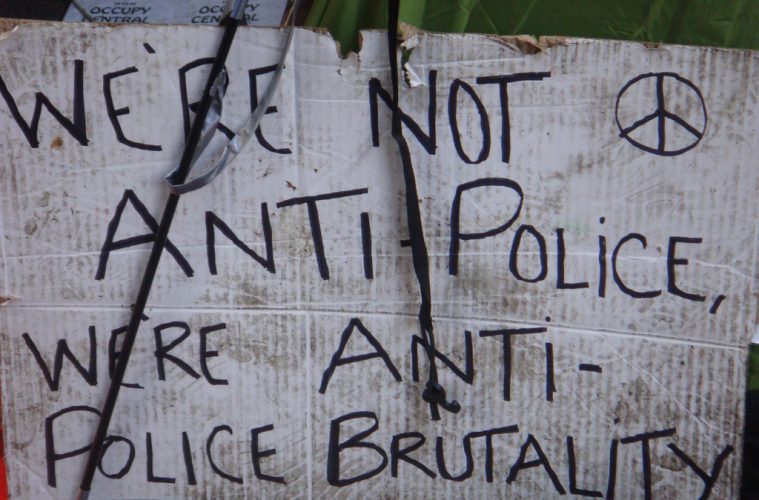When Black lives matter riots broke out, artists showed their disdain at the nation’s state by releasing songs calling out the police for using excessive force during arrests. Childish Gambino to Beyoncé, and Kendrick Lamar, among others, released raw, heartfelt songs calling for the end of madness that threatened to bring the world to a stop.
Rap for a Good Cause
Artists mostly choose rap to address police brutality because it appeals to the youth to take positive action for change. It is critical that the youth not only listen to this music but also read and analyze various materials touching this topic. It may range from song lyrics to historical researches and police brutality essay pieces. Sone of them might be found at https://gradesfixer.com/free-essay-examples/police-brutality/, along with other examples to sufficiently understand the struggle and find solutions for the future. Essays allow one to see the pattern between incidences in the past and the present to form an informed conclusion on a matter.
So, why use actual music? It appeals to the heart and is, in itself, a unifying factor. Where words fail, music has been seen to prevail. The artists who recorded and performed Black Lives Matter songs for free have massive followings in the US and other parts of the world, and so their messages reach further than any speech. Written essays are a close second because they are etched in history for future students to read, discuss, and hopefully continue fighting for fairness and inclusion.
Here are some examples of the best songs about racism.
“Freedom” by Beyoncé and Kendrick Lamar
As these two are among the most popular artists in the Black community, this song remains a big hit.
The key part of this song: “Freedom! Freedom! I can’t move/Freedom, cut me loose!/Freedom! Freedom! Where are you?/’Cause I need freedom too!”
In the video, the mothers of slain Americans, Trayvon Martin, Michael Brown, and Eric Garner, are seen holding photos of their sons. These two have been vocal of the need for black inclusion and recognition, and this song cemented their feelings ideally.
“Better Days” by Victoria Monet and Ariana Grande
In the middle of recent shootings that launched ongoing riots, some artists preferred to see the light at the tunnel’s end. Monet and Grande hoped for better days in their song that outlines, “Baby, there’s a war right outside our window/Don’t you hear the people fighting for their lives?”
They call for awareness among races that might not be directly affected because the fight against racism is everyone’s responsibility.
In a joint statement, the two artists said: “We believe we cannot fight hate with hate, only love. Just as we cannot fight darkness with more darkness. Only Light.”
“Spiritual” by Jay Z
Most black men can relate to Jay’s Spirituality because it addresses what most of them go through every day without being argumentative.
He says, “I am not poison/Just a boy from the hood that got my hands in the air/In despair don’t shoot/I just wanna do good.”
It is an emotional song delivered pensively, and anyone listening to it may want to think twice before harming another just for looking different. What makes it even more pensive is the fact that the artist wrote it in 2014 after Michael Brown’s death but held its release because he “knew his death wouldn’t be the last.”
“Alright” by Kendrick Lamar
Lamar may not have meant for his song, Freedom, to become the anthem for BLM, but it especially for the phrase “we gon’ be alright” that protestants chanted on the street.
Key: “Ni**a, and we hate po-po/Wanna kill us dead in the street fo sho’/Ni**a, I’m at the preacher’s door/My knees getting’ weak, and my gun might blow/, But we gon’ be alright.”
When asked about it in 2015 when he first released the song, Lamar called it a “It’s a chant of hope and feeling.” Five years later, it is quite sad that not much has changed.
Time to Take a Stand
These songs’ titles tell it all. They were meant for times when the community needed to hold on to peace or let their voices be heard. A scholar writes a research paper to make sense of the killings; artists use the most effective tool to address difficult topics – music. It is, after all, a unifying factor.

